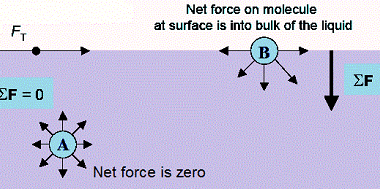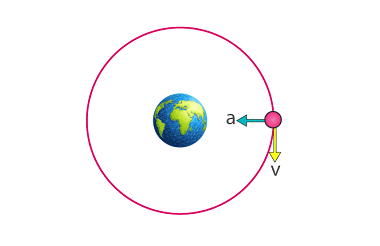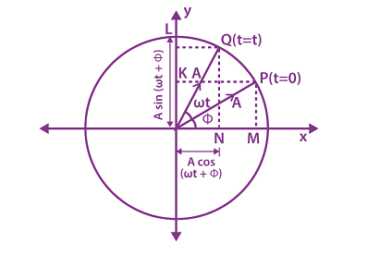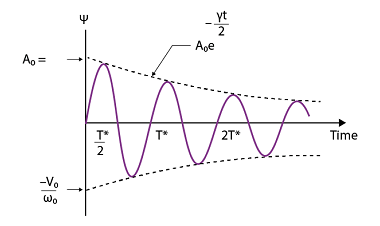Surface Tension
Surface tension is a property of liquids that arises due to the cohesive forces between the molecules at the surface of the liquid. In other words, it is the measure of the attractive force that holds the molecules of a liquid together at the surface. The molecules at the surface of a liquid experience an…









